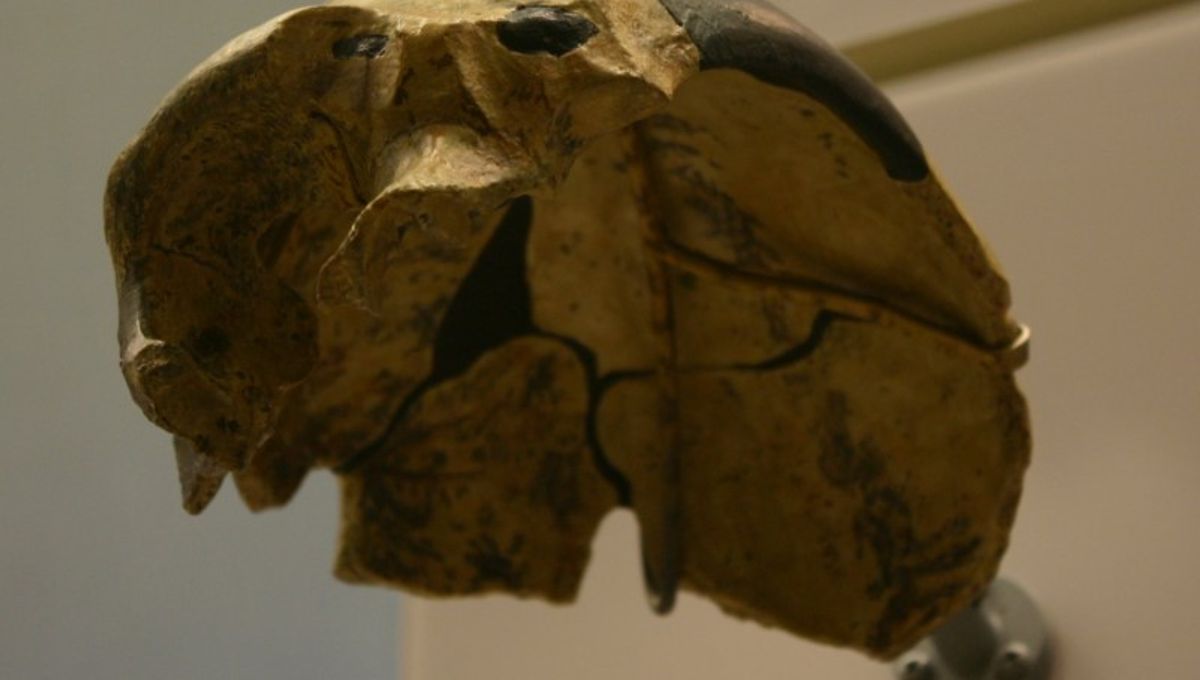
The story of human evolution is far messier and less straightforward than most people think, protagonized by a procession of misfits that go against everything we think we know about how our ancestors developed. Among these prehistoric oddballs is an individual that lived in China some 300,000 years ago and that doesn’t fit into any known species classification.
Known as Maba 1, the specimen was first discovered in 1958 by farmers collecting bat guano from a cave in Guangdong province for use as fertilizer. Consisting of part of a skull and a few facial bones, the remains are difficult to identify due to their incompleteness, although initial examinations suggested that they may have belonged to a relative of the Neanderthals, sometimes referred to as the “Chinese Neanderthal”.
To learn more about Maba 1, the authors of a new study conducted the first detailed evaluation of the skull’s internal structures, including the sinuses, braincase, and diploic vessels – which sit within the spongy layer of bone inside the skull. Using CT scans of the ancient cranium, the researchers found that it possesses a mish-mash of features found in a host of other archaic hominids, making it impossible to categorize Maba 1 alongside any of these.
For instance, the authors note that the skull’s “general morphology is closer to H. erectus than to later encephalized species, H. neanderthalensis and H. sapiens,” although the frontal lobe is too short to be considered Homo erectus.
“Maba 1 was considered a ‘Chinese Neanderthal’ for their resemblance manifested in the facial area. However, this study did not find characteristics uniquely belonging to H. neanderthalensis in Maba 1 internal structures,” they write. A recent phylogenetic study had also indicated that Maba 1 may be of Denisovan descent, yet the CT scans revealed that this individual’s brain was far smaller than one would expect of a Denisovan.
“Considering all these comparisons, Maba 1 currently cannot be classified in any known hominin group,” conclude the authors.
As weird as all this might sound, it’s actually not that uncommon to find hominids from this period that don’t quite fit into any established categories. Often referred to as the “muddle in the middle”, the Mid-Pleistocene was a time of square pegs and round holes, populated by weirdos and outliers that blurred the boundaries between different human species.
Examples of these in-betweeners have been found across Africa and Eurasia, with Homo sapiens-ish creatures from Morocco and Tanzania, as well as a sort-of-Homo-heidelbergensis from Zambia dating back to the same time as Maba 1. Intriguingly, the study authors found that Maba 1 displays a stronger resemblance to all three of these specimens than it does to Neanderthals, despite living so far away from these African populations.
Taking all of these fingers together, the skull can be said to exemplify the chaotic nature of human speciation during the Middle Pleistocene, demonstrating the huge degree of overlap between various prehistoric clades. In the end, then, the researchers suggest that the most appropriate label for Maba 1 may simply be “non-erectus”.
The study has been published in the American Journal of Biological Anthropology.
Source Link: This 300,000-Year-Old Skull Doesn’t Match With Any Human Species